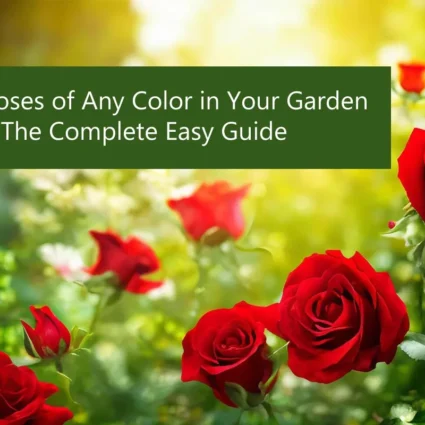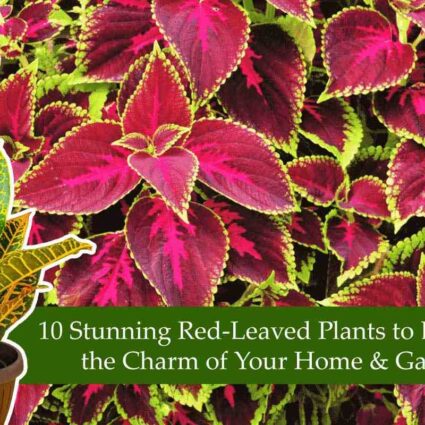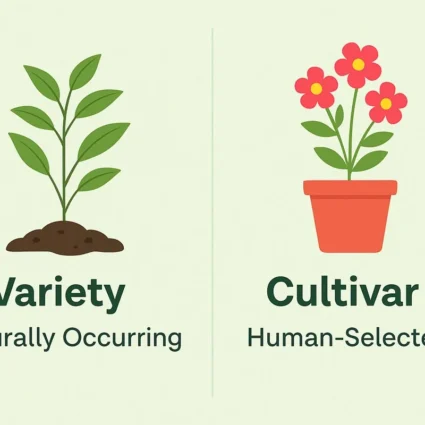
Epsom Salt in Gardening: 10 Myths Every Gardener Should Stop Believing
Gardening lovers are always on the lookout for simple hacks to make plants grow faster, bloom more, and stay healthy. Among these hacks, one name pops up often: Epsom salt. From social media videos to gardening groups, you’ll hear suggestions like “Add a spoon of Epsom salt and your plants will thank you!” But is it really a miracle ingredient, or are we falling for myths?
The truth is, Epsom salt (magnesium sulfate) can sometimes help plants—but only in specific conditions. Unfortunately, there are many myths and half-truths around its use. If applied blindly, it can even harm your garden. Let’s uncover the 10 most common myths about Epsom salt in gardening, and what science actually says.
Myth 1: All Plants Need Epsom Salt to Grow Faster
The Belief: Many gardeners think Epsom salt is a universal plant booster.
The Truth: Not all plants need extra magnesium. In fact, most garden soils already contain enough magnesium for healthy growth. Adding more without testing can disturb soil balance.
Myth 2: Epsom Salt Cures Every Yellow Leaf Problem
The Belief:Yellowing leaves = magnesium deficiency, so Epsom salt is the solution.
The Truth: Yellow leaves can result from overwatering, nitrogen deficiency, poor drainage, or pests. Epsom salt only helps if the yellowing is truly due to magnesium shortage—something you can confirm with a soil test.
Myth 3: It Replaces Fertilizer Completely
The Belief: Epsom salt can act as an all-in-one fertilizer.
The Truth:Fertilizers supply nitrogen, phosphorus, and potassium—the three primary nutrients plants need. Epsom salt only provides magnesium and sulfur. It can complement fertilizers, but never replace them.
Myth 4: Epsom Salt Makes Flowers Bloom Endlessly
The Belief: Sprinkle Epsom salt, and your roses will bloom non-stop.
The Truth: While roses and peppers may benefit if the soil lacks magnesium, blooms depend on multiple nutrients and proper care. Overusing Epsom salt can actually reduce calcium uptake, leading to weaker plants.
Myth 5: Tomatoes and Peppers Cannot Survive Without It
The Belief: These crops always need Epsom salt.
The Truth:Tomatoes and peppers sometimes face magnesium deficiencies, especially in sandy soils. But applying Epsom salt without testing may worsen problems like blossom end rot (caused by calcium shortage). Balance is key.
Myth 6: More Epsom Salt = Better Growth
The Belief: If a little helps, more must be better.
The Truth: Overuse of Epsom salt can make soil too salty, preventing plants from absorbing other nutrients. Always follow safe application guidelines (e.g., one tablespoon per gallon of water, only if needed).
Myth 7: Epsom Salt Kills Pests Naturally
The Belief: Sprinkle Epsom salt and watch pests disappear.
The Truth: While it may discourage some slugs temporarily, Epsom salt is not a reliable pest control method. Integrated pest management (neem oil, companion planting, or organic sprays) works better.
Myth 8: It Improves Soil Structure Magically
The Belief: Adding Epsom salt can fix poor soil.
The Truth: Soil health depends on organic matter, microorganisms, and balanced nutrients. Epsom salt only provides magnesium and sulfur—it won’t improve structure, texture, or fertility. Compost and mulch do that job.
Myth 9: Houseplants Always Need Epsom Salt
The Belief: Indoor plants thrive with regular Epsom salt use.
The Truth: Most houseplants grow fine in potting mixes enriched with fertilizers. Unless there’s a clear magnesium deficiency (rare indoors), adding Epsom salt is unnecessary. Overuse may cause salt buildup in containers.
Myth 10: Epsom Salt Is a One-Solution Cure for All Gardening Problems
The Belief: Whatever the issue—poor blooms, yellow leaves, weak growth—Epsom salt will fix it.
The Truth: Gardening doesn’t have one magic solution. Healthy plants need the right soil, water, light, nutrients, and care. Epsom salt can help only in specific cases, not as a universal cure.
Also Read This :How Does Pot Size Affect Plant Growth? A Complete Gardener’s Guide
When Epsom Salt Actually Works
- Magnesium-Deficient Soil: If soil tests show low magnesium, Epsom salt can correct it.
- Specific Crops: Roses, peppers, and tomatoes sometimes benefit—but only if deficiency exists.
- Foliar Spray: In some cases, a diluted spray can quickly supply magnesium to leaves.
Safe Usage Guidelines for Gardeners
- Test First: Always confirm magnesium deficiency with a soil test.
- Dosage: Mix 1 tablespoon of Epsom salt in 1 gallon of water and apply once a month (only if needed).
- Avoid Overuse: Excess salts can harm roots and soil balance.
- Combine with Organic Practices: Compost, mulching, and proper watering remain the foundation of plant health.
Also Read This :How Ancient Plant Tricks Could Help Farming Today
Conclusion
Epsom salt is not a gardening miracle, nor is it useless—it simply has a specific role. Believing in myths and using it blindly can do more harm than good. The key to healthy plants is understanding your soil, providing balanced nutrition, and using remedies wisely.
So next time someone says, “Just add Epsom salt!”, you’ll know when it’s truly helpful—and when it’s just another myth.
Also Read This :Don’t Panic If Your Pumpkin, Bottle Gourd or Ridge Gourd Leaves Turn White — Here’s Exactly What To Do
FAQ
Q1: Can Epsom salt replace regular fertilizer?
No, it only provides magnesium and sulfur. Plants also need nitrogen, phosphorus, and potassium.
Q2: Is Epsom salt safe for all plants?
Not always. Only use it if there’s a proven magnesium deficiency.
Q3: How do I know if my soil needs Epsom salt?
Do a soil test. Yellow leaves don’t always mean magnesium shortage.
Q4: Can Epsom salt cure blossom end rot in tomatoes?
No, blossom end rot is caused by calcium deficiency, not magnesium.
Q5: What’s the best way to apply Epsom salt?
As a diluted solution (1 tbsp per gallon of water), only once a month, and only if needed.




